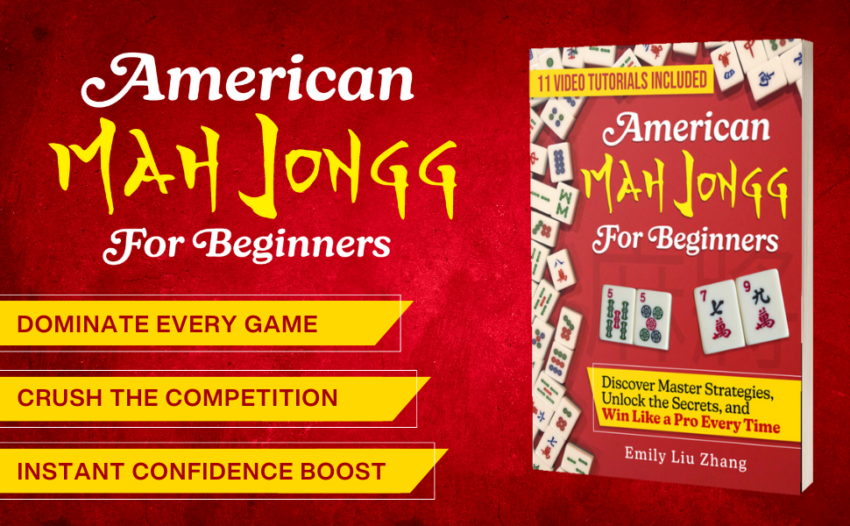Mah Jongg, with its colorful tiles and intricate rules, is much more than a simple pastime; it is an integral part of the culture and history of many Asian civilizations. Originating in China, this game has traversed centuries and continents, capturing the hearts of millions of players worldwide. In today’s digital age, where video games dominate the entertainment landscape, preserving and passing down Mah Jongg becomes a culturally and socially valuable act. This article will explore the origins of Mah Jongg, its basic rules, and why it is essential to ensure this tradition is not lost.
The Origins of Mah Jongg
Mah Jongg, also known as Mahjong or Ma Jiang, has deep roots in Chinese history. The exact origins of the game are shrouded in mystery, but it is believed to have originated during the Qing Dynasty (1644-1912). Some say the game was created by Confucius, the great Chinese philosopher, although this is more legend than historical fact. Mah Jongg, with its mix of strategy, skill, and luck, was initially played among the Chinese upper classes before spreading to the general population.
The Basic Rules of Mah Jongg
Mah Jongg is typically played with four players, each receiving a set of tiles. The tiles are divided into three main categories: bamboo, circles, and characters, along with some special pieces like dragons and winds. The game’s objective is to build a complete hand, usually consisting of four sets and a pair. The sets can be triples, quadruples, or sequences, and the game proceeds with players drawing and discarding tiles in turn.
Cultural and Social Importance
Mah Jongg is more than just a game; it is a cultural element with the power to bring people together. In Asian countries, it is common to see families and friends gathering around a table to play Mah Jongg, especially during holidays and celebrations. The game fosters socialization, communication, and bonding across generations, transmitting values and traditions of a rich and ancient culture.
Cognitive and Health Benefits
Mah Jongg is not only fun; it is also beneficial for the mind. Playing Mah Jongg requires memory, strategy, and planning skills, providing excellent exercise for the brain. Studies have shown that playing Mah Jongg regularly can help improve cognitive abilities and reduce the risk of dementia in the elderly. Additionally, the game can have a relaxing effect and reduce stress, thus promoting overall well-being.
Passing Down Mah Jongg to New Generations
In an era dominated by technology and video games, Mah Jongg represents a valuable connection to the past. It is crucial to pass this game down to new generations to preserve an important part of cultural heritage. Teaching young people to play Mah Jongg not only introduces them to a fun and stimulating activity but also to a tradition that carries history, culture, and values.
Conclusion
Mah Jongg is a game that transcends time and space, bringing together people from different generations and cultures. Preserving and passing down Mah Jongg is an act of respect toward our cultural heritage and an investment in the future of our traditions. In an ever-evolving world, keeping this ancient practice alive is essential to ensure that the riches of our history are not forgotten. Playing Mah Jongg means participating in a millennia-old tradition, creating bonds, promoting mental health, and honoring the past.
Find Your Practical Mah Jongg Manual
If you’re interested in learning more about Mah Jongg or want to introduce this timeless game to friends and family, you can find a practical manual to get started. This comprehensive guide covers the rules, strategies, and tips to master the game, making it easy for beginners and experienced players alike.



